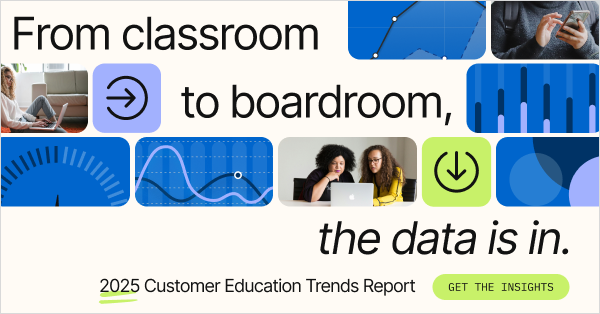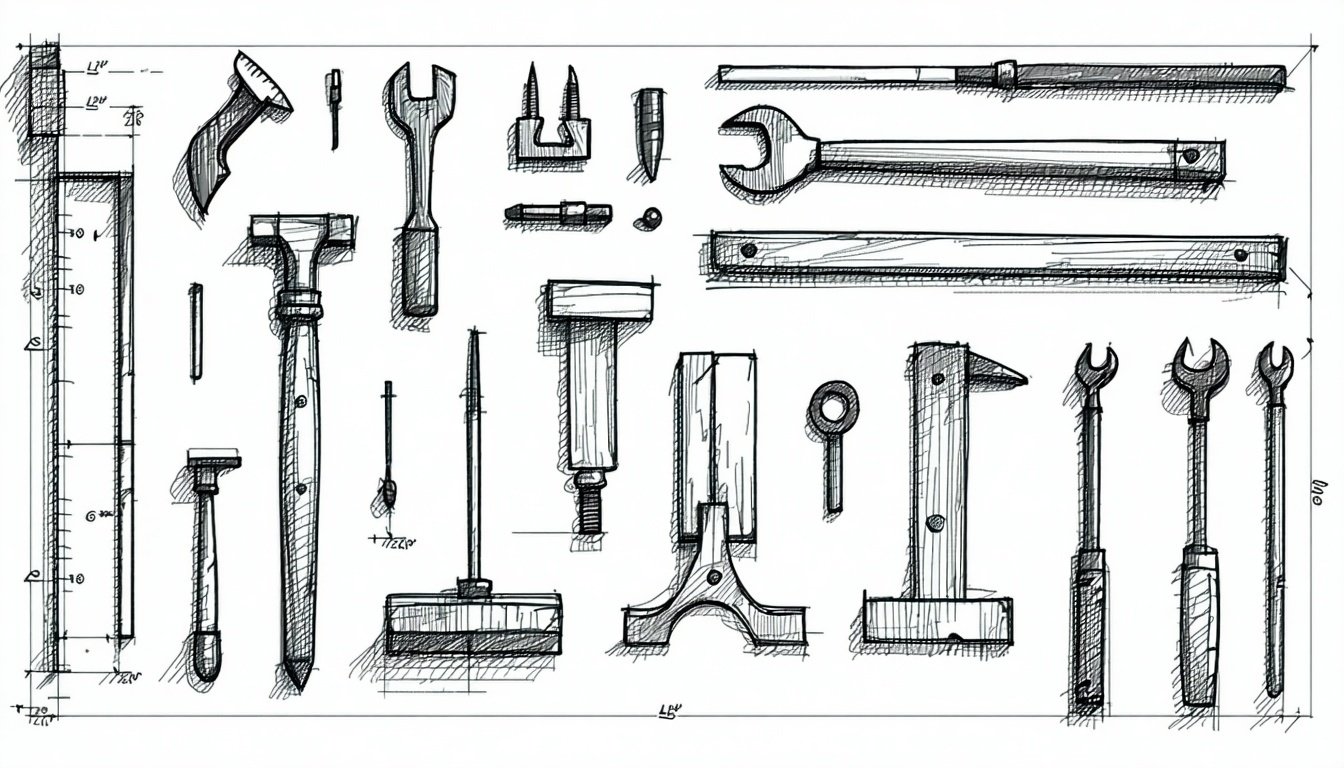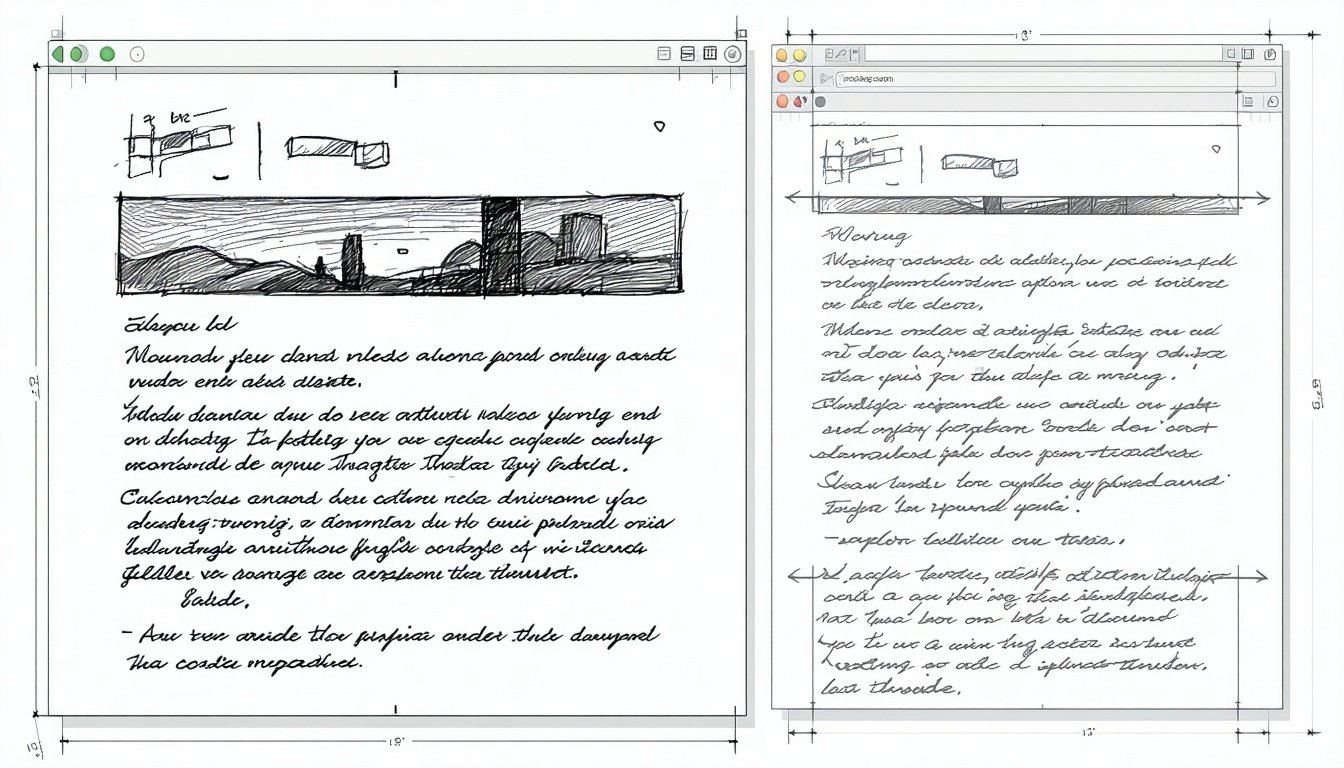


Skilljar’s 2025 report provides a clear signal: customer education is no longer in the background. It is central to the way modern SaaS companies drive adoption, reduce churn, and prove value. The trends revealed in this year’s data reflect a maturing function that is learning how to speak the language of the business, leverage technology more efficiently, and scale with impact.
Here is our point of view on the most critical findings, along with practical next steps for teams looking to evolve.
Report Insight: Proving business impact is the number one challenge. Time-to-value and product adoption are the top metrics executives care about.
Our Perspective: Learning teams must frame their results in terms of business impact, not just educational outputs. If you are not already doing so, define what success looks like using the same metrics your leadership team tracks. For example, report on reduced onboarding time or improved expansion rates among trained accounts. Start small by identifying one course that aligns with a business KPI, then build from there.
Report Insight: Twenty-two percent of customer education programs are now monetizing their offerings using per-seat and subscription models.
Our Perspective: Even if your goal is not direct revenue, pricing education forces clarity on value. Consider piloting a premium course offering or certification tied to in-demand skills or product mastery. If you are not ready to charge externally, think about internal “value scores” to assess what your most impactful offerings would be worth based on cost savings or customer retention.
Report Insight: Most teams see the biggest AI gains in speeding up course creation and updates. Over 75 percent reported productivity improvements.
Our Perspective: AI only creates leverage if the underlying content is modular and well-tagged. Before automating anything, audit your content to eliminate duplicates, organize by learning objective or product area, and establish naming conventions. A structured library is the foundation for any scalable AI workflow.
Report Insight: Most teams report that just 11 to 20 percent of their content delivered the greatest impact in 2024.
Our Perspective: This is a cue to focus, not expand. Identify your highest-performing content and study what makes it effective. Then use that insight to redesign or retire underperforming assets. Create a tiered content strategy with clear criteria for what gets created, maintained, or archived.
Report Insight: Most course requests come from customer success and product teams.
Our Perspective: Treat these requests like product feature requests. Establish intake forms, scoring criteria, and a quarterly roadmap for course production. Meet regularly with CS and product leads to review priorities and plan content around product releases and customer journey milestones.
Report Insight: Two-thirds of teams have at least partial integration between their LMS and systems like CRM or BI platforms.
Our Perspective: If you cannot show how education affects customer behavior, it will be hard to argue for investment. Focus first on integrating course completion data with CRM fields like renewal date or product usage. Even basic visibility into training vs. non-training cohorts can unlock valuable insights and help prioritize future learning initiatives.
The 2025 Skilljar report makes it clear that customer education is under pressure to perform, measure, and evolve. The top programs are already shifting how they think about content impact, cross-functional alignment, and technology integration.
To move forward, teams should double down on defining their impact, streamline their course portfolios, and take the next step with data infrastructure. The future of customer education belongs to teams that operate with clarity, focus, and a direct line to business outcomes.

Join the conversation with other SaaS education leaders. Share your insights or ask a question.

Explore the templates and frameworks we recommend to put these ideas into action.

Keep learning - dive into related topics and best practices from our latest posts.